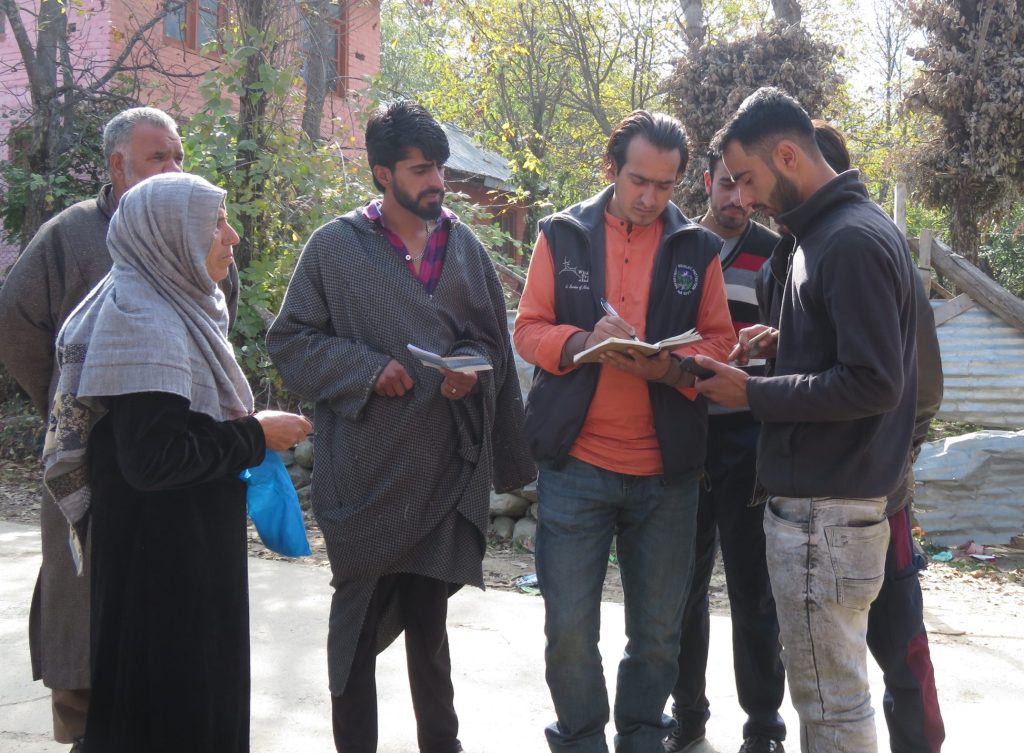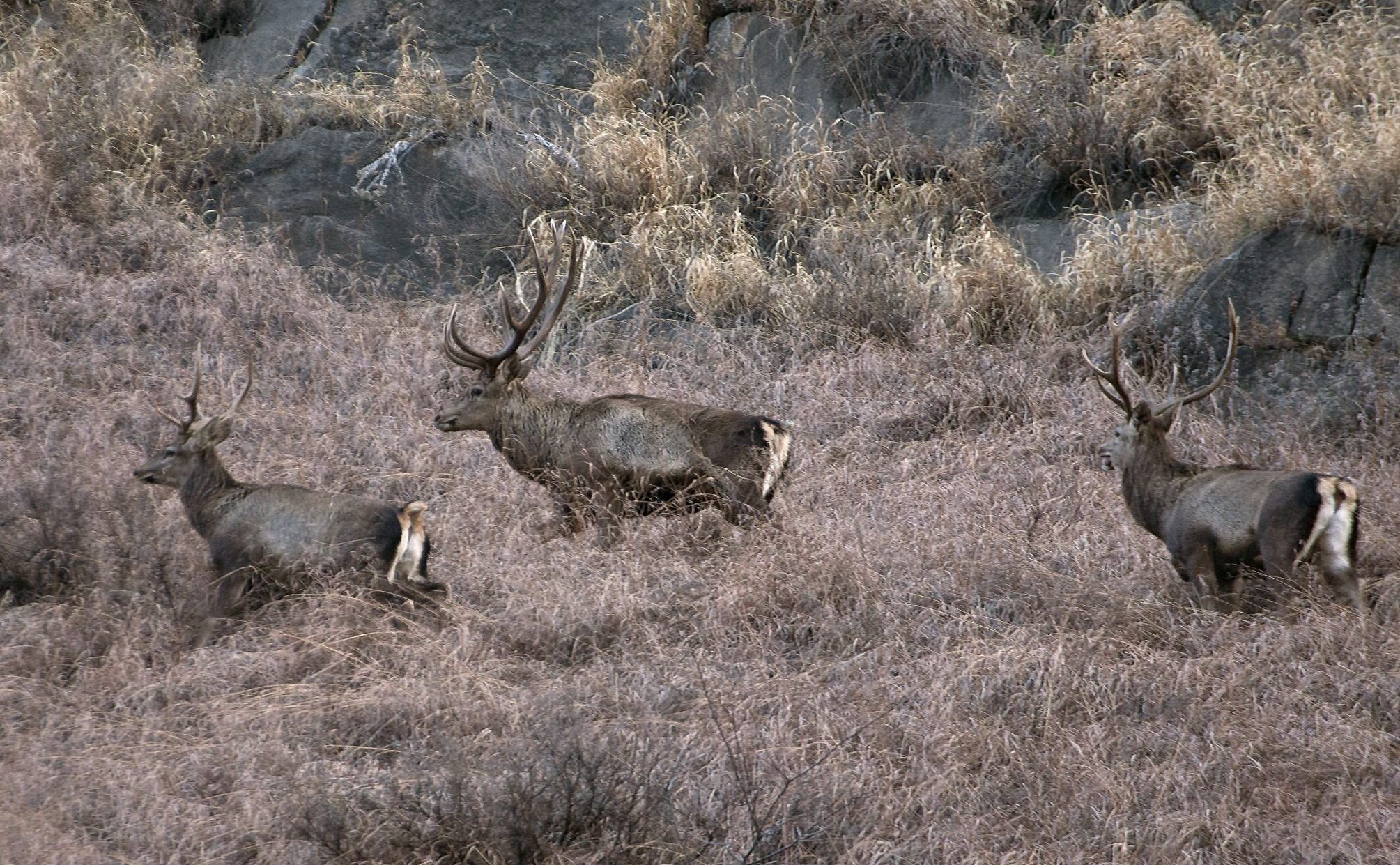Project Info
Project Description

Hangul (Cervus Hangul) | Photo by Dr. Tanushree Srivastava | WTI
Hangul is the only red deer species in the Indian subcontinent distributed only in the Union Territory of Jammu and Kashmir. The species is listed in Schedule I of the Wildlife (Protection) Act, 1972 and categorized as ‘Critically Endangered’ under the IUCN Red List of Threatened Species. Ranging in numbers from 3000-5000 at the beginning of this century, the population has faced a drastic decline in the last four to five decades. Poaching, competition with livestock, and loss of connectivity between the populations due to habitat degradation and fragmentation have been the major reasons for the decline. The current population has been put as 263 adult individuals, based on the last census carried out in 2021 by the Department of Wildlife Protection, J&K. Once continuous, the only viable population of hangul in Dachigam National Park seems to be mostly disconnected from other smaller populations occurring in Shikargah, Tral Wildlife Sanctuary, and Overa Wildlife Sanctuary. Few other smaller populations exist in its historical distribution range.
During the last few years, WTI has been carrying out extensive surveys in potential sites outside the Protected Areas (PAs) for hangul presence. Through these surveys, WTI has identified different sites in North, Central and South Kashmir i.e. Kupwara, Bandipora, Ganderbal, Pulwama, and Anantnag districts with plausible presence of hangul. The team has mapped a few corridors used by hangul to move in and out of Dachigam which need long-term restoration work to maintain the connectivity of the Dachigam population with the remaining smaller populations. The team has also identified a few meta-populating habitats serving as wintering grounds for hangul outside PAs.
Overall the surveys revealed that a few corridors are fragmented and the species does use non-PAs during winter. With multiple land-ownership in these corridor areas, it is extremely crucial to work with all the stakeholders and establish a consensus among all of them to provide safe passage and usage of hangul through and within their summer and winter habitats. Based on these results, WTI is aiming to protect hangul and its corridors by using long-term measures to allow safe passage of hangul through these corridors and reducing direct threats like poaching during their movements.

Meeting local communities at Surfraw Haknar (Hangul corridor) village | Photo by Sameer Kazir/ WTI
More recently, the team has been putting efforts in – trying to engage local community-based groups called ‘Hangul watchers’ in hangul conservation by training and equipping them to carry out effective patrolling in the non-PAs during critical times of the year; holding consultations and conducting participatory appraisals with the identified stakeholders in the identified corridors; conducting further systematic field and questionnaire-based surveys to identify and establish movements of hangul in different areas outside PAs and the associated threats; and working in close collaboration with the Department of Wildlife Protection, Jammu and Kashmir and other local stakeholders to come up with a Corridor Securement Plan in the near future.
PARTNERS: Serenity Trust, Department of Wildlife Protection, Jammu & Kashmir
PROJECT LEAD: Dr. Tanushree Srivastava










